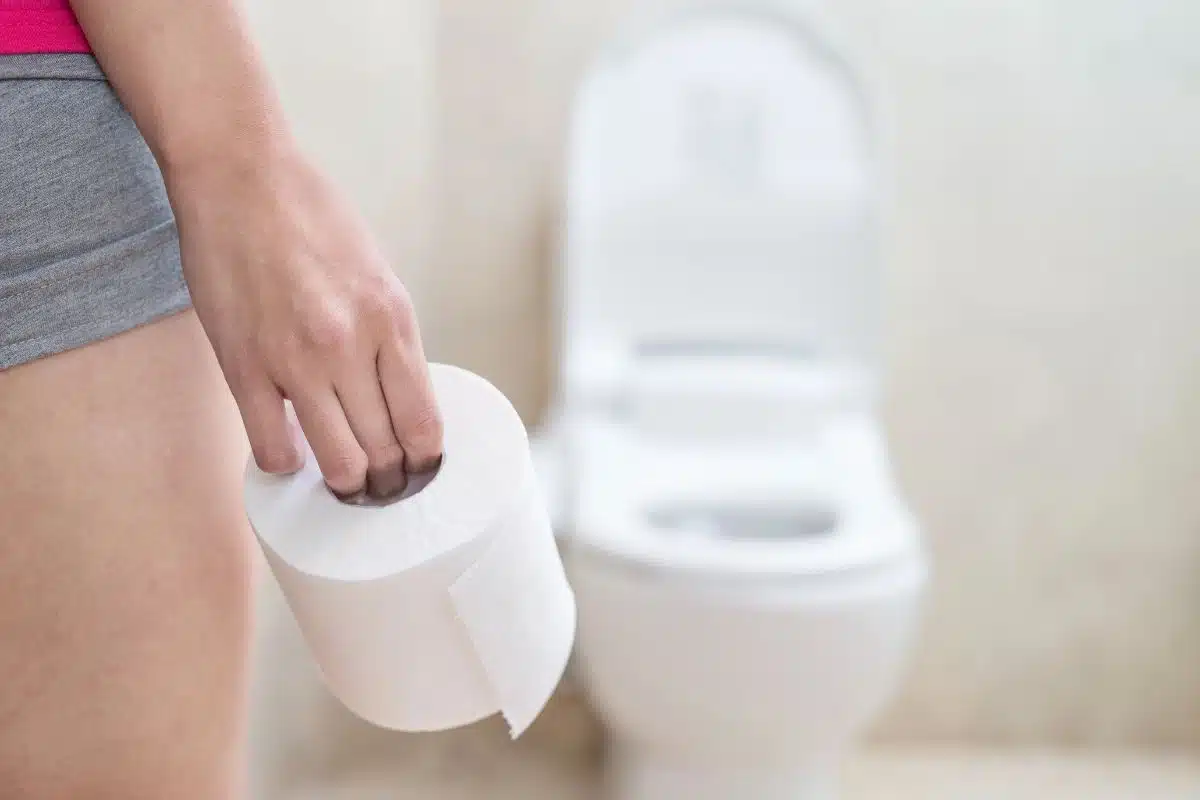The global bathroom revolution begins in a surprising place: Japan. This East Asian country has led the way in developing toilet technology that could soon render traditional toilet paper obsolete. The simple roll, a bathroom essential for many generations, now faces a formidable rival promising better hygiene, environmental advantages, and greater comfort.
Why water-based cleaning surpasses traditional toilet paper
Although toilet paper has been a household staple for decades, its cleaning effectiveness has long been debated. In reality, wiping with paper tends to smear rather than properly cleanse delicate areas. This insufficient cleaning often leaves behind residue, especially after loose stools.
Medical experts are increasingly acknowledging the downsides of dry wiping. Dermatologists warn that repetitive wiping motions cause tiny abrasions on sensitive skin tissues. For people dealing with hemorrhoids, anal fissures, or other sensitive conditions, the use of paper can turn a routine bathroom visit into a painful experience.
These hygiene concerns are further amplified by environmental issues. Producing toilet paper involves:
- The felling of millions of trees each year
- Enormous water consumption during manufacturing
- Chemical bleaching processes that pollute
- Packaging waste that contributes to landfill overflow
Just as customers are becoming more cautious about the risks of shopping on platforms like TikTok, bathroom habits are also being scrutinized for their environmental footprint. On average, an American uses about 141 rolls of toilet paper annually, which significantly drives global deforestation.
How Japanese washlet technology is revolutionizing bathroom experiences
Japan offers a high-tech solution in the form of washlet toilets. These advanced units deploy precisely aimed water jets that cleanse in ways that paper simply cannot match. They allow for remarkable personalization with adjustable water pressure and temperature controls tailored to each user’s preference.
The concept is elegantly simple—water cleans the skin more effectively than dry paper. This method leaves users feeling cleaner and considerably reduces irritation. The soft water flow delivers a much deeper clean without the harshness of wiping with paper.
Modern washlets come packed with an impressive suite of features:
| Feature | Benefit |
|---|---|
| Heated seats | Increased comfort during cold weather |
| Adjustable water temperature | Customized cleaning experience |
| Warm air dryers | Eliminates the need for any paper |
| Self-cleaning nozzles | Ensures cleanliness between uses |
This technology is especially advantageous for elderly individuals, those with limited mobility, and patients recovering from surgery. Much like people want to remove unwanted elements from their photos, washlets effectively clean away unwanted residue without any manual effort.
Transitioning to bathrooms without toilet paper
Switching to water-based cleaning doesn’t mean renovating your entire bathroom. Affordable bidet attachments and washlet seats can be added to most standard toilets with simple installation, often doable without professional help. These range from basic non-electric models priced around $30 to advanced systems loaded with features.
The upfront cost pays off quickly in savings on toilet paper. A family of four may spend over $300 yearly on toilet paper, while a basic bidet attachment is a far smaller, one-time expense. This economic benefit is similar to how discount codes on electronics can lead to significant savings over time.
Most new users report a short adjustment period of about one week before feeling fully comfortable with water cleaning. The psychological hurdle—giving up familiar paper routines—is often harder than learning to use the new devices. But once accustomed, the vast majority don’t want to revert to paper-based methods.
Typical installation steps include:
- Shut off the water supply to the toilet
- Remove the existing toilet seat
- Connect the bidet attachment to the water line
- Attach the new seat or bidet unit
- Test water pressure and adjust settings
Environmental and health benefits from adopting washlets
The positive environmental impact of ditching toilet paper goes well beyond saving trees. Although washlets do use a little more water, their overall environmental footprint is far smaller than that involved in toilet paper production. Making a single toilet paper roll requires up to 37 gallons of water, whereas each bidet use typically uses just about 1/8 of a gallon.
From a health standpoint, cleaning with water dramatically lowers risks of infections and irritation. Specialists in colorectal health increasingly recommend bidets as preventive tools against common issues like urinary tract infections, hemorrhoids, and anal fissures.
Public health experts highlight that enhanced bathroom hygiene could reduce the spread of certain bacteria and viruses. The hands-free features of washlets minimize contact with potentially contaminated surfaces. This hygiene improvement is akin to how consumers are adopting safer online shopping habits to protect their digital wellbeing.
As environmental awareness and health consciousness rise, more households in the West are embracing water-based bathroom options. This change represents a fundamental shift in bathroom customs that have remained mostly unchanged for generations. The paper-free bathroom is a powerful emblem of evolving perspectives on personal hygiene, environmental responsibility, and technological progress within our most private spaces.
